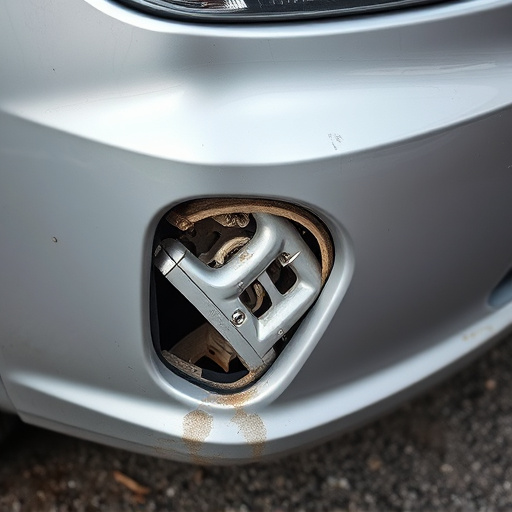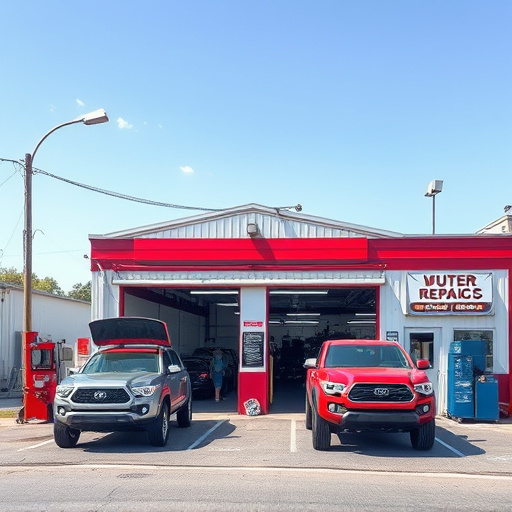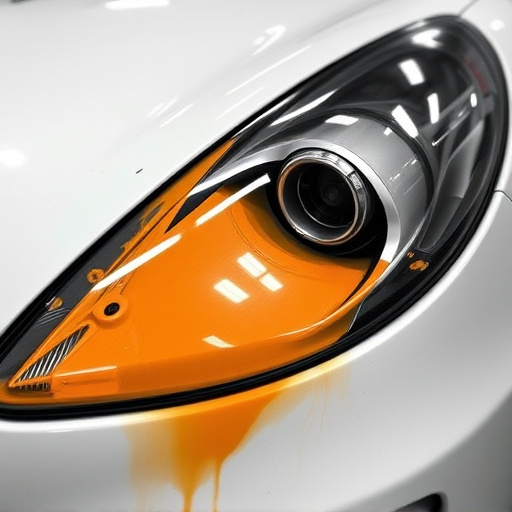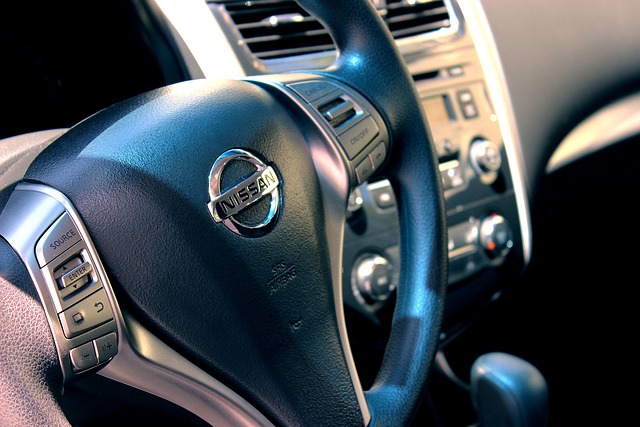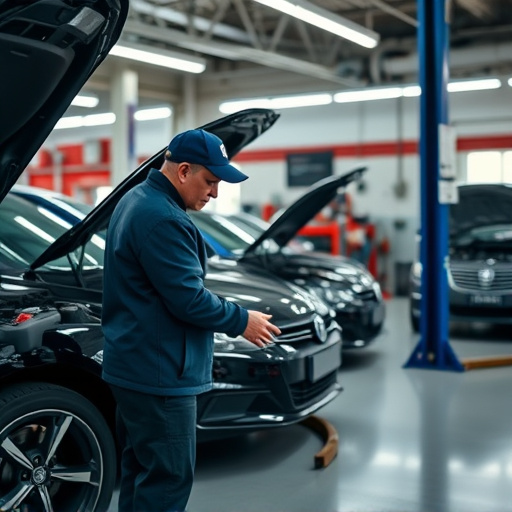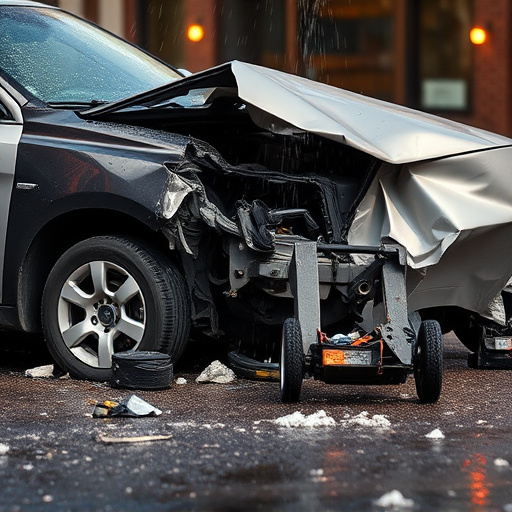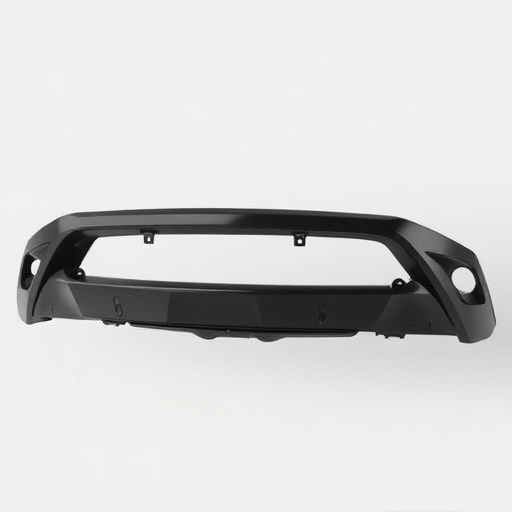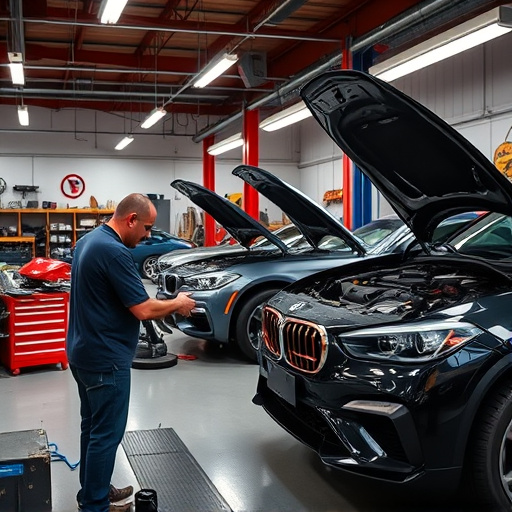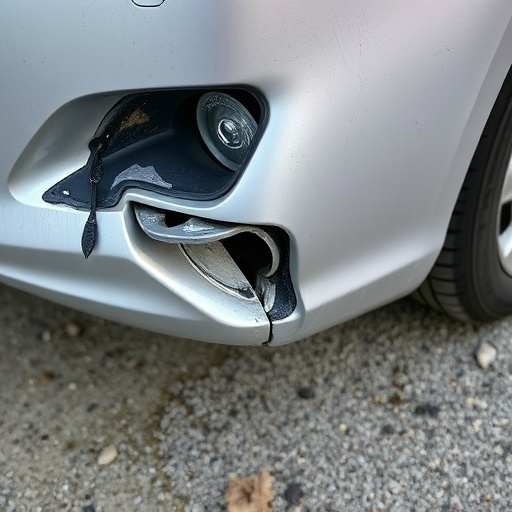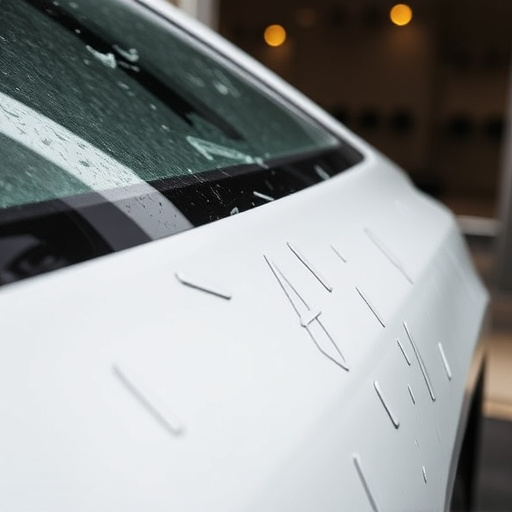Classic car restoration is a meticulous art preserving historical automotive heritage. Demanding attention to detail, the process involves assessing damage, disassembly, repair/replacement, painting, and reassembly. Restorers use specialized tools and materials to tackle diverse tasks from minor repairs to complex replacements, ensuring each classic car tells its unique story for future enthusiasts to appreciate.
Looking to dive into the captivating world of classic car restoration? This comprehensive guide is your perfect companion for embarking on this exhilarating journey. From understanding the historical perspective of these timeless machines to navigating the step-by-step restoration process, we’ve got you covered. Learn about essential tools and materials to build your ideal restoration kit. Unleash your passion for vintage vehicles and bring them back to their former glory.
- Understanding Classic Cars: A Historical Perspective
- The Restoration Process: Step-by-Step Guide
- Tools and Materials: Building Your Restoration Kit
Understanding Classic Cars: A Historical Perspective
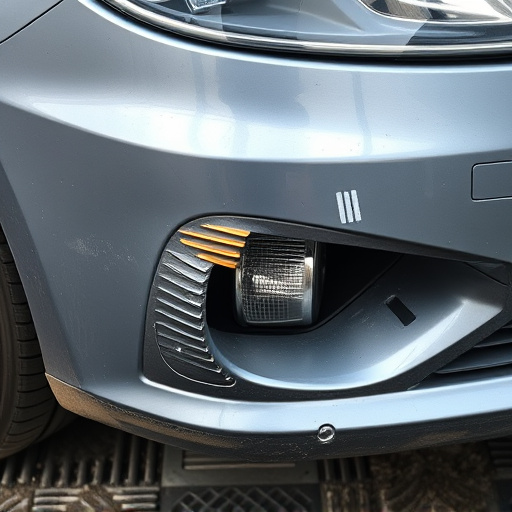
Classic cars, with their timeless designs and rich history, have captivated enthusiasts for decades. Understanding a classic car goes beyond its aesthetic appeal; it’s about delving into a specific era and the stories they represent. These vehicles were crafted during pivotal periods in automotive history, reflecting the technological advancements, cultural trends, and design aesthetics of their time. Each classic car is a unique piece of living history, with its own journey and experiences to tell.
When considering classic car restoration, it’s essential to appreciate this historical context. The process involves not just repairing but also preserving a part of automotive heritage. From the early days of hand-crafted automobiles to the golden age of American muscle cars, every generation leaves its mark. Whether it’s a vintage 1950s hot rod, a classic British sports car from the 1960s, or an iconic 1970s cruiser, each has its unique charm and requires specialized care. This historical perspective adds depth to the restoration process, ensuring that these cars are not just restored but also kept alive for future generations to appreciate and enjoy.
The Restoration Process: Step-by-Step Guide
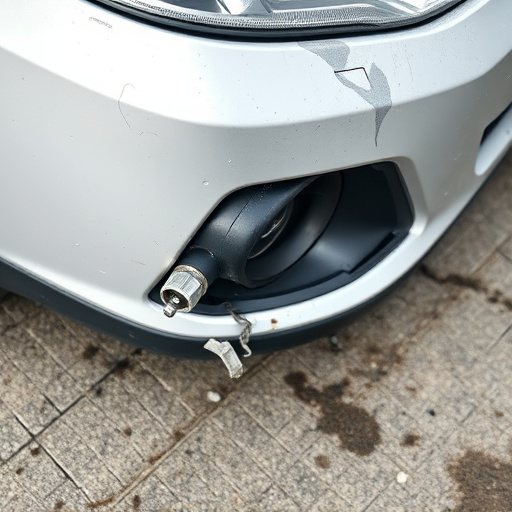
The journey of restoring a classic car is an exciting yet intricate process that requires dedication and a keen eye for detail. It begins with a thorough inspection to assess the car’s condition, identifying both cosmetic and structural issues. This initial step is crucial as it determines the extent of the work ahead. Once the evaluation is complete, the restoration can commence.
The process involves several stages: disassembly, repair or replacement of components, and meticulous detailing. Start by stripping the car down to its bare essentials, carefully separating each part for examination and cleaning. This allows the restorer to identify areas needing automotive body work, such as patching, painting, or straightening panels, ensuring a smooth surface. After repairing or replacing any damaged parts, including collision center-like precision in aligning fenders and doors, the car is prepared for its new coat of paint. This step demands skill to achieve a factory-fresh finish. Finally, assembly begins, bringing the classic back to its former glory, with each piece fitted perfectly, ready to hit the road again.
Tools and Materials: Building Your Restoration Kit
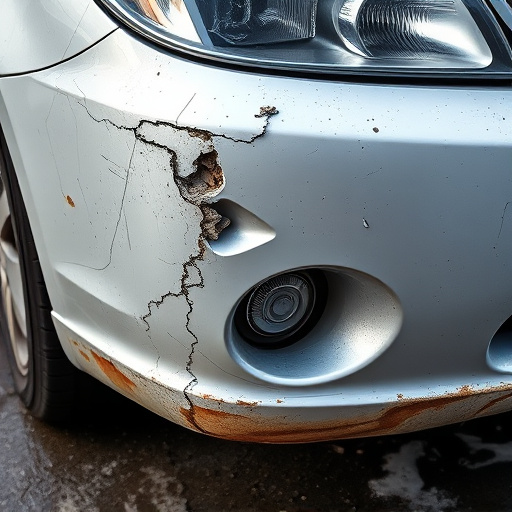
Restoring a classic car is both an art and a science, requiring a well-stocked toolkit to ensure every detail is accounted for. Before starting your classic car restoration journey, building your restoration kit is essential. This involves acquiring the right tools and materials to effectively bring your vintage vehicle back to life.
Consider investing in high-quality tools specific to auto repair, including jack stands, wrench sets, screwdrivers, and specialized pliers. For exterior work, you’ll need paint, primer, and various body fillers, along with sandpaper for smoothing surfaces. Interior restoration requires materials like upholstery fabric, trim pieces, and dashboard components, available at reputable car repair shops or online retailers specializing in classic car parts. Don’t forget essential safety gear, such as gloves and safety glasses, to protect you during the intricate restoration process. With these essentials in your kit, you’ll be well-prepared to tackle various tasks, from fixing that loose door handle to replacing auto glass, ensuring every aspect of your classic car’s restoration is executed with precision and care.
Classic car restoration is an art that combines historical knowledge, technical skill, and a deep love for these iconic vehicles. By understanding the unique history of each model, mastering the meticulous restoration process, and investing in quality tools and materials, beginners can transform worn-out classics into stunning time machines. Embrace the challenge, delve into this captivating hobby, and become part of a community that preserves automotive heritage one restoration at a time.


